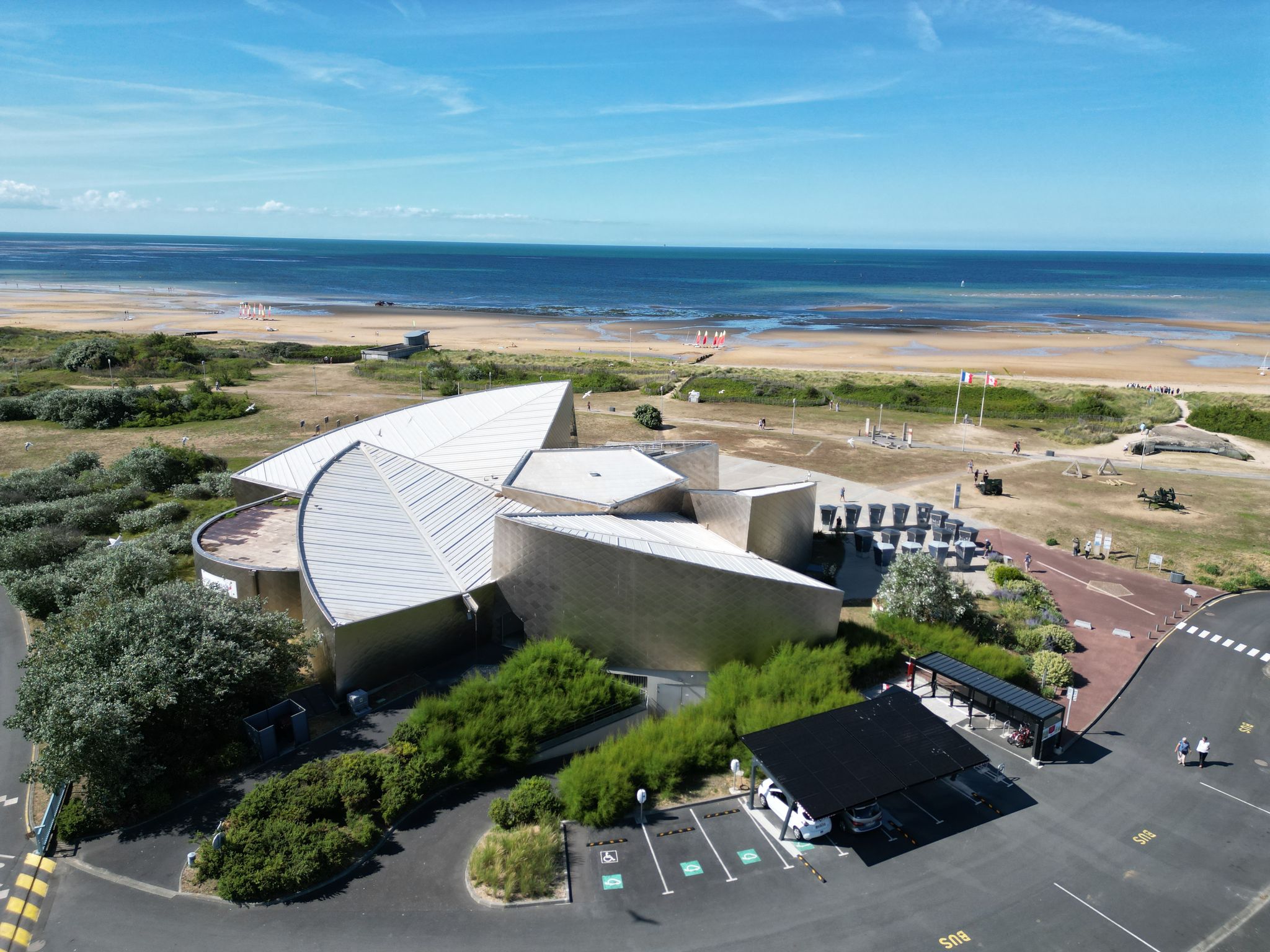Commonwealth War Graves Commission
Commonwealth War Graves Commission (CWGC) | Headquartered in the UK, operates in 153 countries
The CWGC is responsible for the care and preservation of cemeteries and memorials honouring the 1.7 million Commonwealth men and women who lost their lives in the two World Wars. With sites spanning 153 countries, the CWGC ensures that these places of remembrance remain dignified, respectful, and well-maintained.
Under the commitment “Caring for the Fallen, Protecting the Future,” the CWGC integrates sustainability into its core mission. Through a long-term sustainability strategy, it is reducing its carbon footprint, enhancing biodiversity, and implementing circular economy principles into its operations. CWGC’s sustainability efforts are aligned with the SDGs, ensuring contribution to global initiatives in climate action, conservation, and responsible resource use. Progress is publicly reported in its annual reports on its website.




